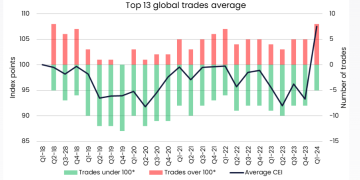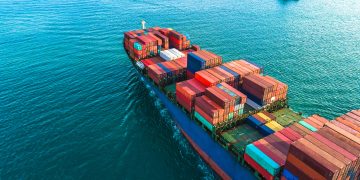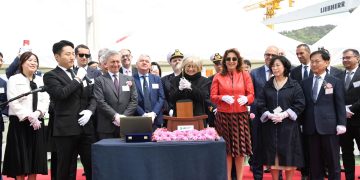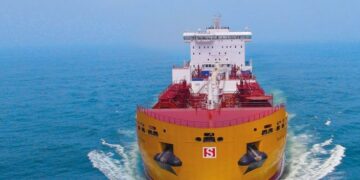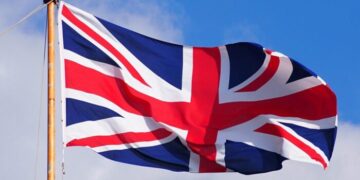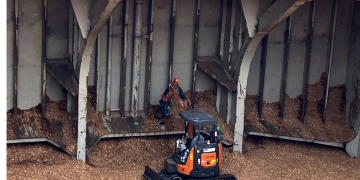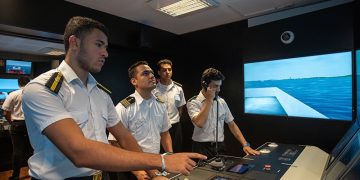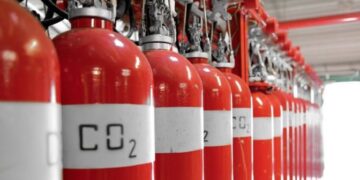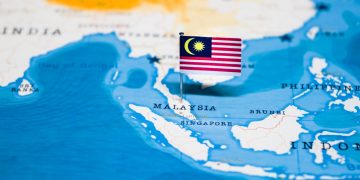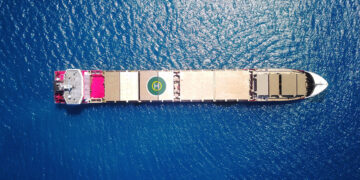Tenneco has been awarded three product design assessment (PDA) certificates from the American Bureau of Shipping, one of the world’s leading ship classification societies, for its new selective catalytic reduction (SCR) system for large engines. The PDA certificates cover key components of the system, including the complete dosing and control system, injectors, load sensors and the human machine interface (HMI) remote monitor, as well as catalyst and reactor hardware configurations for both EPA and IMO applications. “We’re very pleased to earn this assessment from the ABS. This important classification demonstrates to our customers that Tenneco’s SCR system design has met the standards set forth by one of the world’s leading maritime classification societies,” said Ben Patel, Tenneco vice president, Clean Air, global research, development and systems integration. Tenneco’s SCR aftertreatment system features a complete dosing control solution specifically designed for marine engine applications up to 7,500 kW or 10,000 hp. The system is designed to enable propulsion and auxiliary engines to meet EPA Tier IV and IMO Tier III regulatory requirements and provide precise and reliable delivery of liquid urea via a proprietary, high-performance injector design, a precision mechatronic fluid delivery pump and customizable remote monitoring and controls. In ...
Read more




